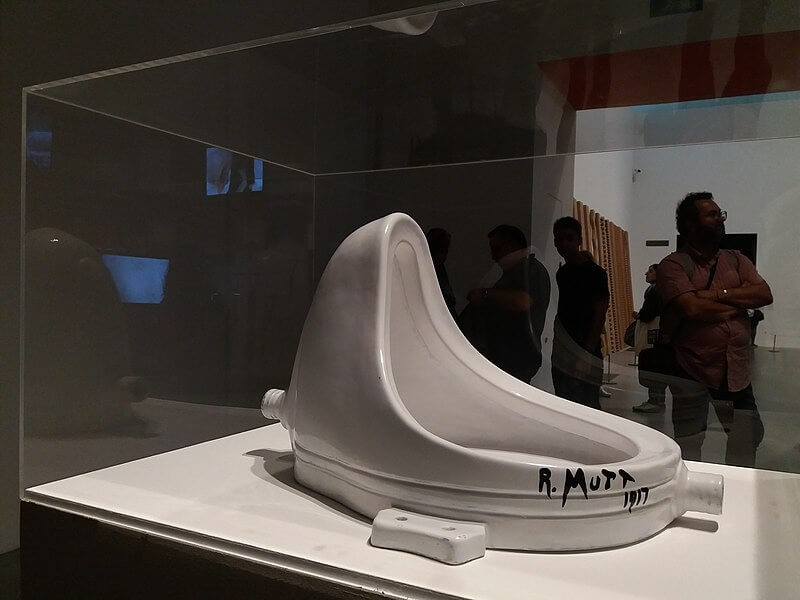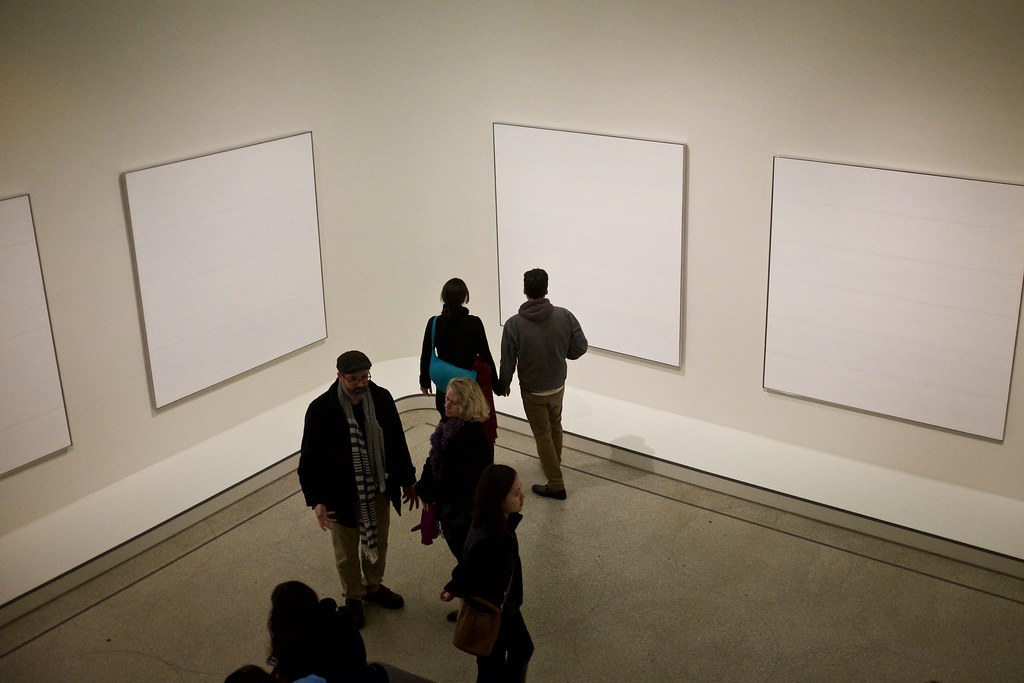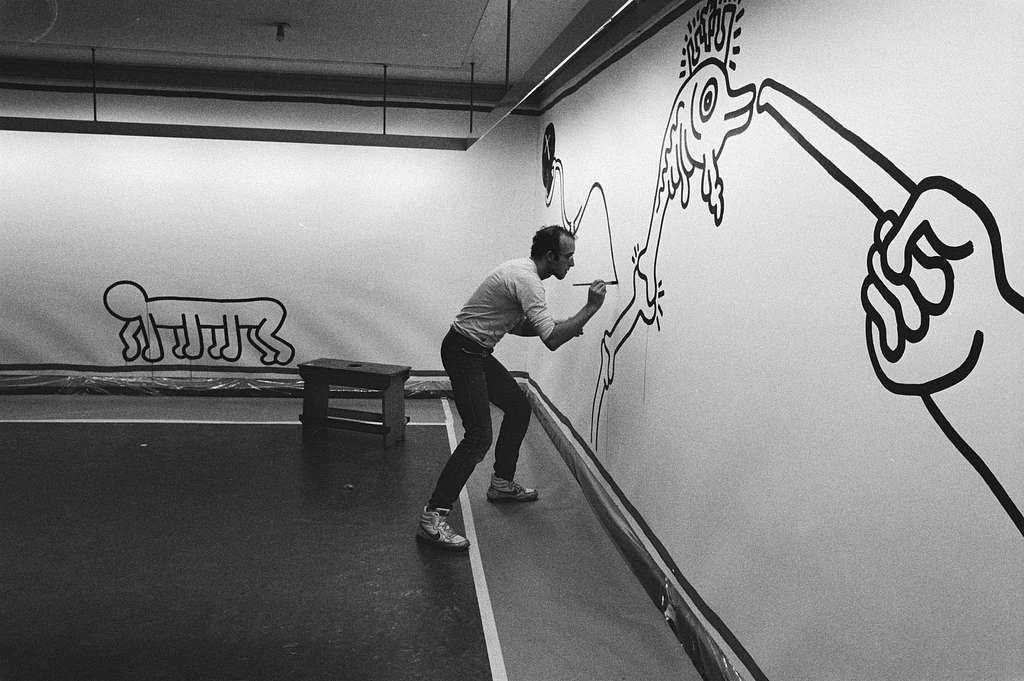
A certain uncertainty accompanies the evolution of art into uncharted territories, inviting the necessary critique. This criticism also keeps new art interesting. Breaking conventions as well as conveying a story in a new form is what broadens our imagination and offers a new perspective on things.
“The arts are not a luxury; they are a necessity. They represent the highest expression of our civilization.”
Why Art Is Important
‘Art’ is important because it holds up a mirror to us of the world we live in. It remains a unique medium in which not only our senses are caressed, but it also makes us think in unexpected ways. In the 21st century, where abstract art is increasingly valued among the general public, this medium needs a very different approach to things than ordinary objects.
The task of the artist is to shape his own vision, message, or story and make it known to his audience. Surely the role of art in our time is often to highlight or challenge certain topics in an aesthetic way:
- Giving criticism
- social involvement
- give a new perspective
- sharing personal experiences
- making caricatures
Our Society Decides What Art Is
Audiences have a big role in the way we move as an art experience. The more people embrace a certain approach, the more artists will adopt it.
If art’s sole purpose is to challenge conventions, that becomes what we will judge artists on. In this way, we will once again invent rules that seek to push us into a movement. After all, when is something minimalist (enough)?
The Evolving Meaning Of Art
And there we are, looking back over 10 centuries of art history, each one representing exactly what was going on in a society and how the artist attached themselves to it. We can see the unquestionable importance of this art here because of its historical value, because we understand each period and its context.

It is no secret that the essence of what art is has changed drastically over the past few centuries. This began not only when Duchamp exhibited a urinal called “Fontaine“ to show that stuff can indeed be considered art. But above all, the underlying idea, previously rendered crisply by grandmasters like Rembrandt and Davinci in a realistic representation of reality, is nowadays hidden in abstraction.
This story or message, which was at the heart of what art was about, always remained a mystical intention. The underlying layer did not often have anything to do with how the world—life—could be perceived, but with how it existed in principle. This had to do not only with the dogmatic Christianity that emerged from the Middle Ages but rather with how the craft of art-making was learned and practiced. A rigid doctrine of how art was to be made also existed in the ancient Painters’ Chair.
How We Look At Art In The 21st Century
- Multi-approach: Art in the museum goes beyond paintings. The rise of digital elements has made artistic works multidisciplinary as well as interactive.
- Breaking free of conventions: The modern art period paralleled the breakaway from imposed norms and human rights at the beginning of the 20th century. Dadaism , which mocked classical art, was one of the first expressions of discontent with conservative thought. Even after World War II, this trend was continued in movements such as pop art and conceptual art.
- Focused on current issues: Breaking taboos, standing up for minorities, or addressing social issues is often used as a motive for making art. This is unique to the period we live in because a few centuries ago, the essence of art creation was so much different: symbolism, noble elevation, portraiture, and attention to detail.
- Pushing boundaries: The contrast between a work by Michelangelo and an abstract artwork by Mark Rothko could not be greater. The rise of minimalism has a certain mission: to be able to say the same thing with as few elements as possible. This popular art vision is often labeled “boring or lazy” because it seems too easy and not worthy to be called art. Pushing this boundary of what is art is indicative of the times we live in today.
The Art Industry: Collecting Works For Millions
The art industry, not much different from the music world, is an industry that is all about money. Works by big names like Andy Warhol are being auctioned off for hundreds of millions of dollars. Both the Netherlands and the Germans have released money to buy back historic works painted in their homeland in the distant past.
It is also no secret that choosing an artist’s life often involves financial struggles. In contrast, there are a small handful of painters who have reached the general public and are living a rock-star life. The financial uncertainty involved in a life as an artist makes many creatives consider it a hobby.
A new artist needs not only to be original but also to make the right connections that bring attention to the art.
The Importance Of The Free Artist
An artist is almost always characterized by his own style and subject matter. Looking at the variety of art being exhibited today, this freedom to profile oneself as an artist is greater than ever. Artists such as Keith Haring chose to maintain a recognizable line that is now considered iconic.
Gerhard Richter, on the other hand, worked in different styles, from photorealist to, later in his career, more minimalistic. He was certainly not the only one who did not feel obliged to remain recognizable as an artist.
This development has allowed an artist to delve into new creative processes and enrich the audience, but above all, himself.
Creativity that is free from rules and guidelines opens the way to better self-expression and life fulfillment.
Why Today’s Art Is Underestimated
To much of the outside world, (modern) art is seen as something meant for an intellectual group of people. This has partly to do with how art has been understood. Modern Art
- Today’s art is too simple. Art is often equated with craftsmanship. In the 20th century, people were confronted with the idea that art could exist without this skill. Seeking to reshape a message or story is what makes each art period different.
- Misunderstanding abstraction: looking at a work of art that cannot be reduced to anything recognizable is downright frustrating for many people. At the same time, the idea that you are responsible for your own interpretation of a painting is what makes the medium so unique.
- Money-making business: The famous example of the taped banana called “Comedian,” auctioned for $120,000 in 2019, creates a distorted picture of what role money plays in the art business. Unique specimens are often sold because they have acquired a certain social or historical value.
Art Appreciation For The New Generation
Given the increasing visits to museums worldwide, it is to be expected that art appreciation is far from being out of this world. Given the strong resistance to ultra-abstract art forms, both ancient and modern art remain popular among young audiences. People still know how to feel touched by a work by Picasso or Monet, and this also encourages them to create their own art.
A new generation embracing the power of artistic expression also opens the doors to new perceptions of what art is and how it will relate to society.
Looking At Works: An Art In Itself
With the proliferation of content creation and social media, which has caused our attention span to be no longer than 8 seconds, truly observing art is becoming increasingly difficult in this generation. As museum visitors, we like to draw a quick conclusion as to whether we find a work of art beautiful or interesting to some degree. If we don’t, we don’t seem to be interested in the underlying message that we should take longer to understand.
Art is not always meant to be liked. A dark or uncomfortable theme sometimes calls for an unpleasant creation.
Looking at art goes beyond a potential connection to your own personal taste but also involves empathy with the artist who wants to say something to his audience. This message can be alarming, but it can also be philosophical in nature.
Final Thoughts: Creativity is here to stay
Although certain art forms, such as the classic painting, are no longer as popular as they once were, art remains a medium that continues to be important in almost every part of the world. As long as school children continue to take trips to museums, the power of exhibited creative expression will continue to be known to the next generation.


